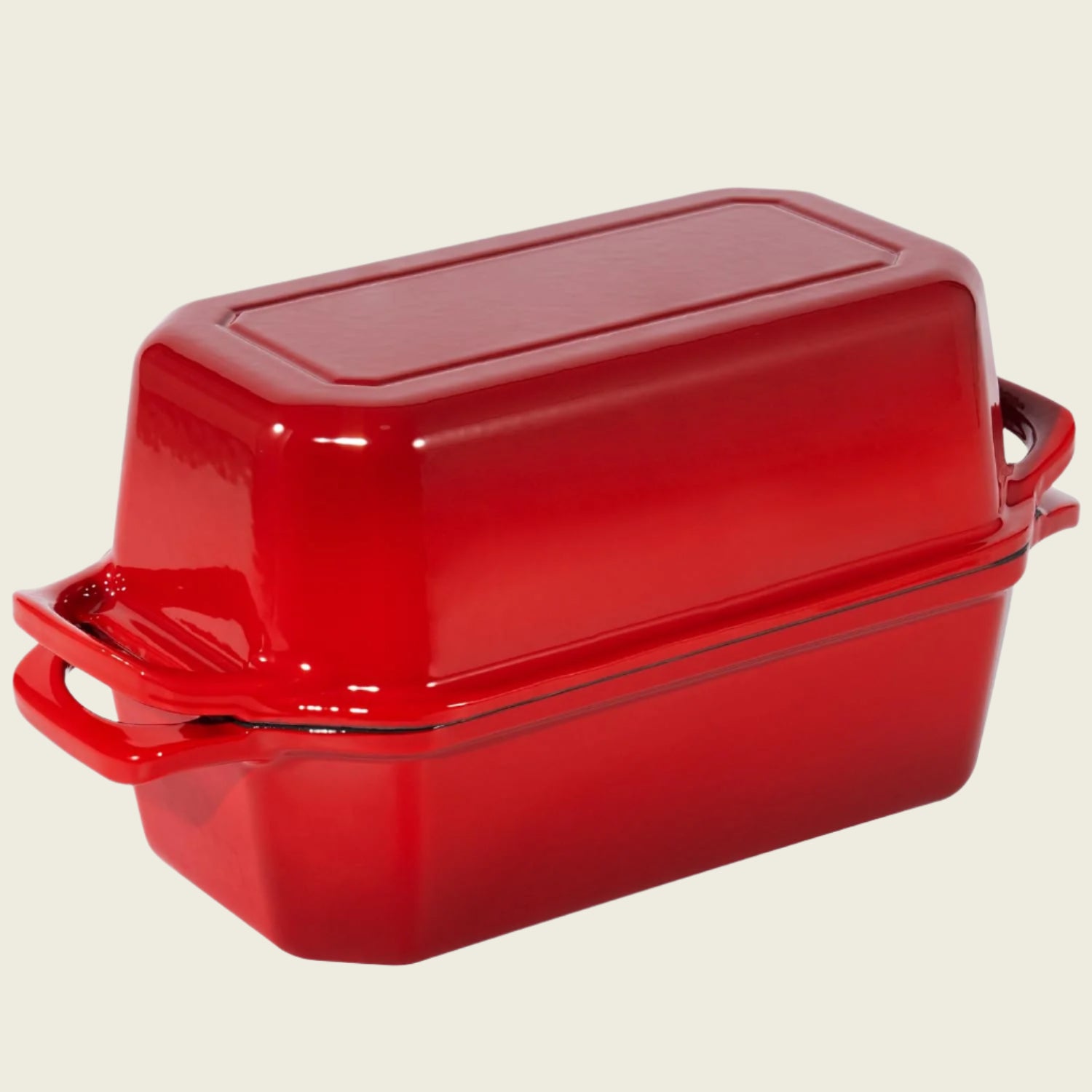The Best Cookware for Electric Stoves - What Actually Works (and Why It Matters)
Share
Cooking on an electric stove can sometimes feel like a struggle—slow heat response, hot spots, and unpredictable simmering are common complaints. But often, it’s not just the stove causing trouble—it’s the cookware. The right pots and pans can dramatically improve your cooking experience, making the most of your electric stove's capabilities.
Understand Your Stove
Electric stoves typically come in two styles: coil burners or smooth glass tops. While induction cooktops are also electric, they rely on magnetic fields and require specialized cookware, so this guide focuses on the more common coil and glass-top models.
Flat Bottoms Matter
If you remember one thing, let it be this: flat bottoms are non-negotiable. Whether you're working with a glass top or coils, a warped or rounded pan can reduce heat transfer, create uneven cooking, and even damage the stove. Smooth-bottom pans ensure maximum contact with the heat source for better efficiency and results.
Material Makes the Difference
Each cookware material behaves differently on electric stoves. Here's how they stack up:
-
Stainless Steel: A dependable all-rounder. It heats fairly evenly and is non-reactive, making it ideal for acidic foods. Look for multi-layered options (like five-ply construction) that bond stainless with conductive metals like aluminum for even better performance.
-
Carbon Steel: Similar to cast iron in performance but usually lighter and smoother. It holds heat well and, when seasoned, offers a natural non-stick surface. It's a great choice for those who want control and responsiveness without the rough texture of traditional cast iron.
-
Enameled Cast Iron: Ideal for glass tops, thanks to its smooth enamel surface. It’s known for retaining and evenly distributing heat, making it perfect for slow-cooked meals, braising, and baking. It's also low-maintenance—no seasoning required.
-
Non-Stick (Coated): Great for low-maintenance cooking and easy cleanup, especially for delicate foods like eggs or fish. However, these pans don’t tolerate high heat well and tend to wear out faster. Choose options with a stable base material like stainless steel for better heat distribution.
-
Copper: Incredibly responsive to temperature changes, which can help offset some of the sluggishness of electric burners. However, it often requires more maintenance unless it comes lined with stainless steel. Keep in mind, copper typically doesn’t work on induction cooktops.
-
Traditional Cast Iron (Unfinished): Best avoided on smooth glass tops due to its rough surface, which can scratch the stove. On coil burners, it’s fair game—as long as you're okay with the weight and the need for seasoning.
Weight, Size, and Fit
Heavier pans generally sit more evenly on electric stoves and maintain heat better. Make sure the size of your pan matches the burner—too small or too large can lead to inefficient and uneven heating. And always choose cookware with secure handles and balanced weight for safety and ease of use.
What to Avoid
-
Warped or wobbly pans: These make poor contact and cook unevenly.
-
Flimsy aluminum pans: Prone to warping and hot spots.
-
Glass cookware: Poor heat conductor and risks scratching glass tops.
-
Unfinished cast iron on smooth tops: Too rough and risky for the surface.
Care and Maintenance Tips
-
Always lift your pans—don’t drag them across a glass top.
-
Clean spills quickly to prevent stubborn residue.
-
Avoid sudden temperature changes that can damage enamel or warp metal.
-
Hand wash enameled and non-stick pans when possible. Use gentle cleaners, and avoid metal utensils that can scratch surfaces.
Final Thoughts
Investing in the right cookware can completely change how your electric stove performs. Instead of fighting against uneven heat or slow response times, you can work with your appliance to create meals that are easier and more enjoyable to prepare. It’s not just about buying new tools—it’s about transforming your entire cooking experience.
